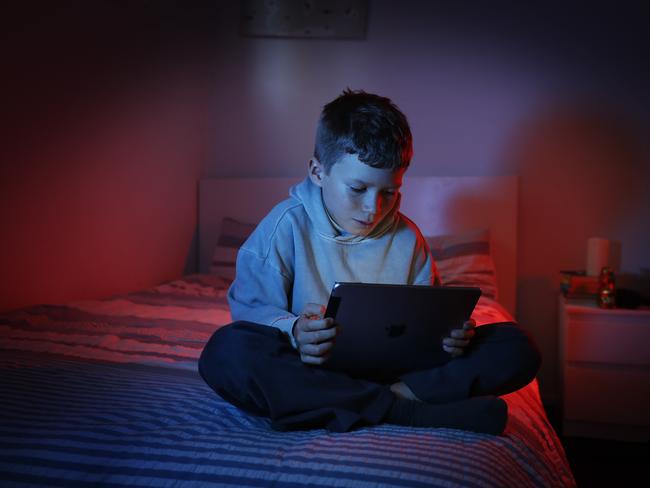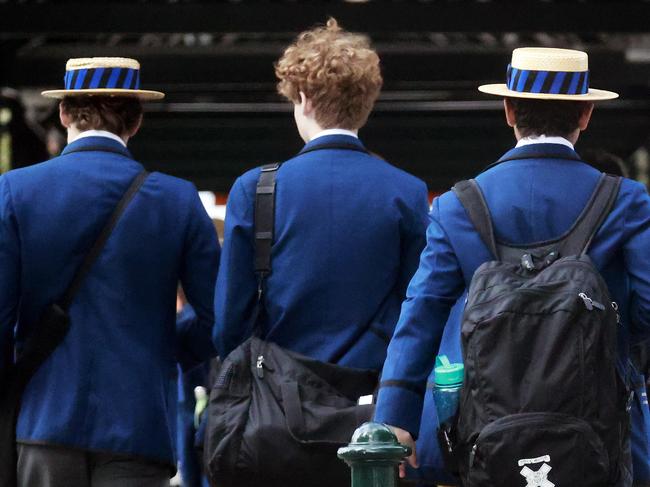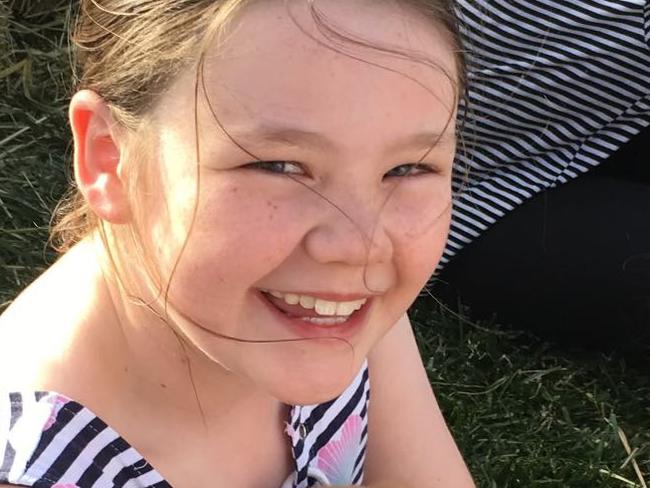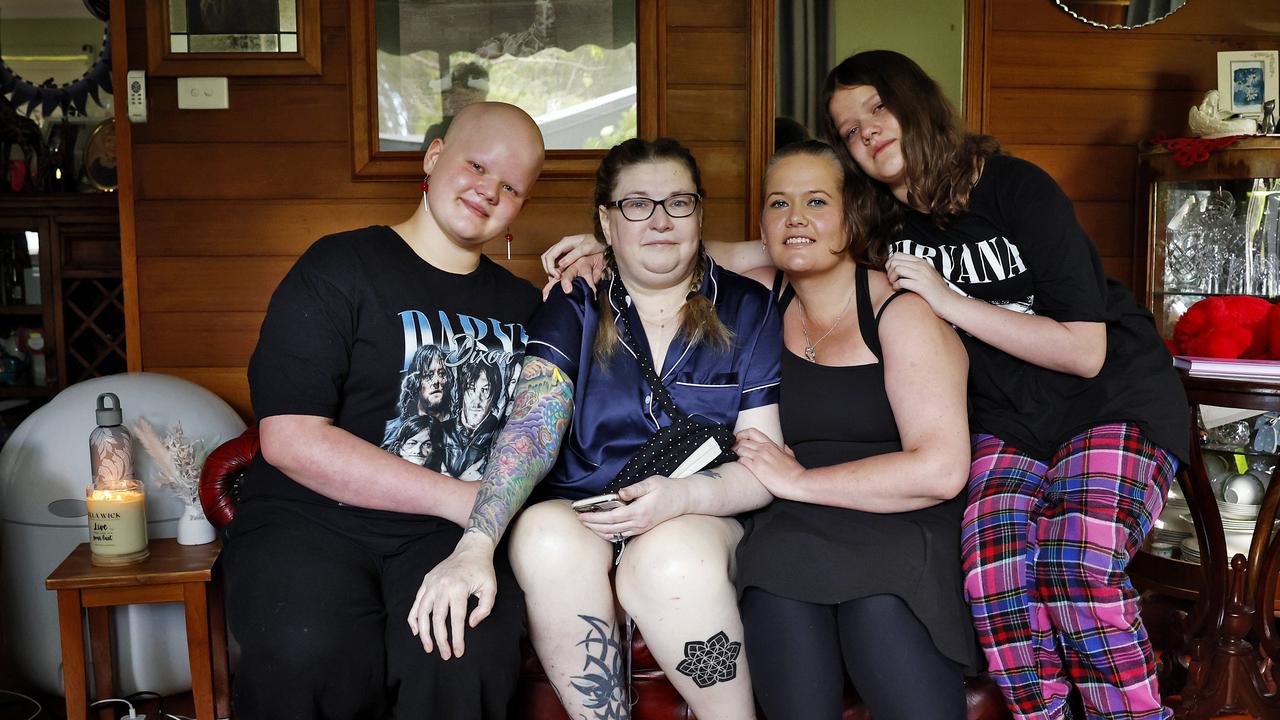Anna Caldwell: Time we put an end to students’ wayward behaviour
Waverley College’s hazing scandal may be unique to that school community, there’s a broader issue at play—teens, children and adults alike are being consistently desensitised to violence and abuse, writes Anna Caldwell.

NSW
Don't miss out on the headlines from NSW. Followed categories will be added to My News.
In the wake of another scandal of horror schoolboy behaviour, it was refreshing to see Premier Dominic Perrottet sheet a bit of blame home to the place where at least some of it starts.
“We need to have greater respect and tolerance for each other,” he said on Wednesday, when asked about shocking reports of bullying and hazing at Waverley College exposed in the Daily Telegraph.
“You can hardly expect our kids to be on their best behaviour when we are seeing adults having very poor behaviour and bullying online.’’
Bingo. While the Waverley incident may be unique to that school community, there’s a broader issue at play that’s crept into teenage life in the modern world.
We live in an era where people – teens, children and adults alike – are being consistently desensitised to violence and abuse behind the shiny glass prism of screens.

Some children live in homes where their parents trust technology alone to be safe guardians of their time.
The devices they trust in only serve as a false armour, making people more and more tolerant of worse and worse behaviour.
Children, from the youngest of ages, are exposed to the idea that an online identity can bully, mock, exert violence or abuse with little real world consequence.
Acts of hazing, of course, existed long before digital platforms took control of our lives.
But what seems to keep evolving is the frequency of shocking, jaw-dropping hate-filled behaviour at schools.
At Waverley, the alleged violent bullying (now in dispute by some parents) seems to have been a response to a regular day in the school yard – Year 7 students threw fruit and water at Year 9 boys.

According to parents of Year 7 students, what followed was a disgusting disproportionate meting out of chilling acts.
“The Year 9s responded completely disproportionately to students who were two years younger than they were and it got out of hand. Most of the students that were attacked had nothing to do with provoking the Year 9s and were innocent victims,” principal Graham Leddie said.
“What started as some silly behaviour turned into assault and humiliation-type behaviours. Six students had their enrolment cancelled as a result of this incident. The school took appropriate and direct action.”
Parents say the younger boys were beaten with belts, locked in fire hydrant cupboards, forced to lick boots of their peers and bark like dogs.
Parents of the Year 9 students believe the allegations are overblown and are asking for a full investigation – but are also offering to apologise.
Earlier this year, in an unrelated case, The Daily Telegraph uncovered a hate-filled group chat – dripping with misogyny, anti-Semitism and homophobia – at Knox Grammar.

At the time, leaders at two of Sydney’s top schools spoke out about the dangers of boys watching misogynistic videos online.
They specifically pointed to social influencer Andrew Tate, who has been roundly criticised for speaking about hitting and choking women.
He’s also compared being in a relationship with a woman to “training a dog”.
We reported in The Daily Telegraph that Scots College head of students James Bowles wrote: “Parents are worried that his horrific attitude will corrupt their teenage son/s and adolescent girls are becoming scared of their male counterparts”.
Trinity Grammar deputy head Bradley Barr told parents Tate’s “reach probably extends into many of your homes and to the social media feeds of many of your sons”.
“I am of the view that if your son is being exposed to Tate’s vitriol, he needs some adult assistance to mediate how he thinks about what he is hearing,” he said.
The Tate issue is one of misogyny while the Waverley allegations are boy-on-boy violence. But this is not a wide gap to traverse. The common thread is toxic behaviour.
Of course Tate is just one example. There are countless others of violent pornography, revenge nudes, digital death threats and doxing behaviour that seems to just be BAU on our tech platforms.

Girls, of course, are not immune. Fierce online bullying culture threatens their lives.
In February this year, we lost Tilly Rosewarne to suicide after the bright 15 year old endured relentless online slurs.
Her family found her body near a cubby house at their Bathurst home.
It came after bullies had shared fake porn on Snapchat among other cruel acts.
Governments are trying to tackle digital violence and how it impacts children. We have so much more work to do.
As it stands, many parents aren’t aware of the scale of the digital problem let alone how to tackle it.
You can’t lock your kid in a room and ban them from the internet.
And beyond this, even with the right intentions, some children will never see leadership from their parents when it comes to modelling appropriate behaviour.
We must keep building the safety net. It starts with being aware of the problem.
Which is why it was refreshing to see the Premier draw the connection to digital violence on Wednesday.

These are not inherently evil boys. The problem is bigger than they are.
The constant drip feed of scandals underpinned by violence at schools shows us we aren’t close to getting this right.
Schoolyard violence is getting worse, not better.





